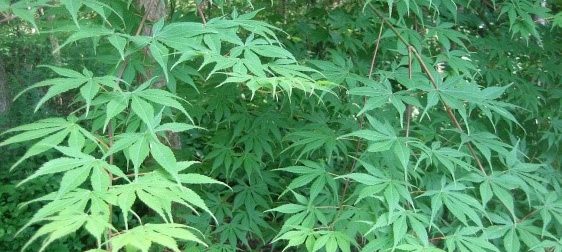Fall is for planting TREES!
Trees are a marvelous creation often taken for granted. Consider how wonderful it is that a deciduous tree leafs out in summer to provide cooling shade but drops its leaves in winter to allow the warming sun to shine through? Trees are often maligned for being messy but that’s normally the “fast growing, fast dying” species that are all too frequently planted. The first request I get from someone thinking about planting a tree is, “I want something that’s fast growing?” “Fast growing” trees usually have a lot of water in the wood making them brittle and subject to breakage. I’m talking about willows, poplars and silver maples. And, yes, even the ever-popular callery pear. Callery pears have so many problems they are sometimes outlawed by local ordinances. What’s the problem you say? They usually lack a dominant leader which results in splitting after they reach a mature size. They also set fruit which is eaten and spread by birds resulting in a mess of self seeding woody weeds.
Did you know there are many wonderful, clean, beautiful trees that are little known and rarely planted? Some examples include swamp white oak, black gum, amur cork tree, hardy rubber tree, Kentucky coffee tree, Turkish filbert, Black alder, Japanese pagoda, fernleaf beech, yellow buckeye, silver linden, Yellowwood, Dawn Redwood, tuliptree, cucumber tree………………should I go on? Given the recent loss of our native ash trees, many city managers and parks directors are realizing that diversity is critical in tree selection to insure a healthy tree canopy to cool and cleanse the air and water in our communities.
What’s the best time to plant a tree? OK………besides 20 years ago ………….I like fall because the planting is followed by 2 wet seasons, winter and spring before having to endure a hot dry summer. Early fall is ideal because the ground is warm which encourages root growth.
Small trees transplant easier than large trees. There’s less “transplant shock” so they’ll become established more quickly and resume growing. Moving larger trees requires cutting many roots which takes the tree many years before recovering. A “rule of thumb” is that for every inch trunk diameter, the tree needs a year for the roots to reestablish.
So a 6inch diameter tree might take 6 years to start growing.
Of course you should do the research to determine which tree species is best for your situation. Consider ultimate height and width, hardiness, soil and site preference, etc.


Comments are closed.